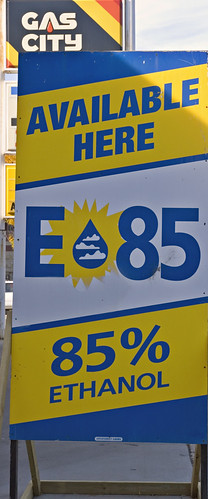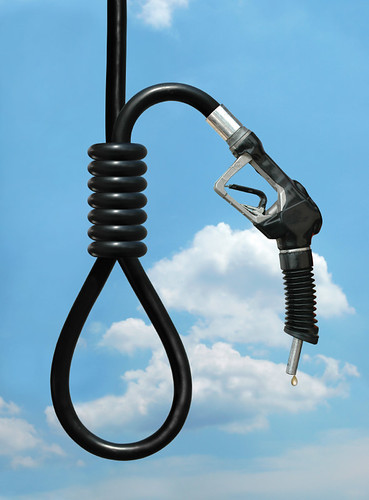Wired Magazine Says Big Demand For the Tiny Tata Nano
(Source: Wired; Photo: Associated Press)
The world’s cheapest and most anticipated car has finally gone on sale, a very big deal that could bring safe and affordable transportation to millions of people throughout South Asia.
Demand for the Tata Nano is so high the company doesn’t expect to meet it when Nanos start rolling off an assembly line in July, so the first 100,000 customers will be selected at random. The Indian automaker plans to sell the car for the rock-bottom price of $2000, allowing people who could afford little more than a scooter to join the mobile masses in what promises to be an explosive market for automobiles.
“We are at the gates offering a new form of transportation to the people of India and, later, I hope, other markets as well, company Chairman Ratan Tata told reporters at the car’s launch Monday in Mumbai,according to Reuters.
The thought of all those cars adding to the CO2 we’re pumping into the atmosphere has environmentalists terrified.
The Nano promises to redefine what diminutive and cost effective mean. The Lilliputian car is a little over nine feet long, five feet wide and scarcely five feet tall, making it smaller than a Toyota Yaris. It seemly weighs about as much as a case of beer, and it’s powered by a tiny 623cc engine mounted in the back like an old Volkswagen Beetle. The Nano also is about as well appointed as an old Beetle, offering few options besides air-conditioning. Odd that A/C is a limited option, given how hot and humid it gets during the summer in India.
Click here to read the entire article.













